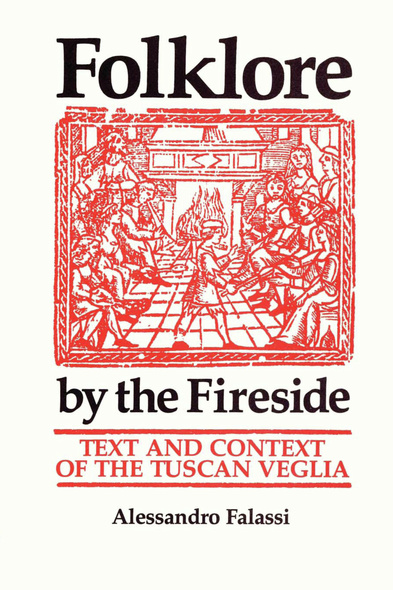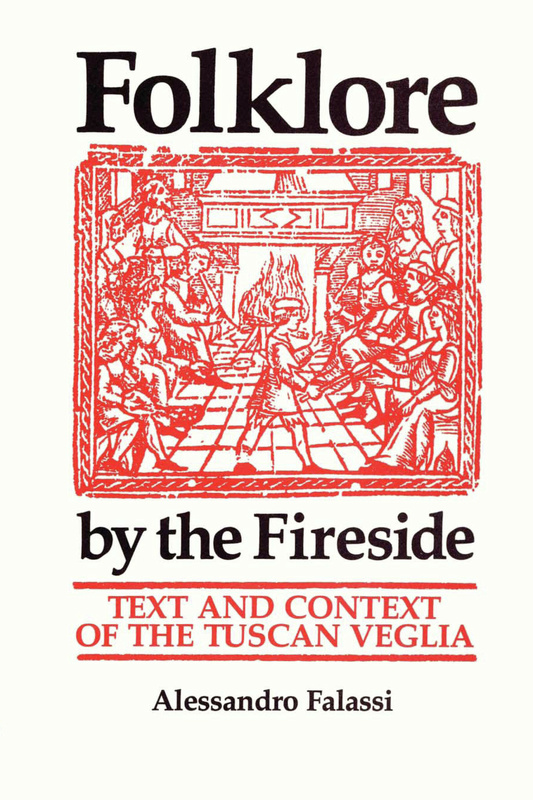Folklore by the Fireside
Text and Context of the Tuscan Veglia
For centuries, social life in rural Tuscany has centered around the veglia, an evening gathering of family and friends at the hearth. Folklore by the Fireside is a thorough and insightful study of this custom—from the tales, riddles, lullabies, and folk prayers performed as the small children are put to bed to the courtship songs and dances later in the evening to the anti-veglia male gossip, card games, and protest songs originating in the tavern.
Alessandro Falassi skillfully correlates the veglia to the rites of passage and family values of an agrarian society. Although the impact of mass media and other factors has tended to weaken the tradition, even today Tuscan children are taught to behave and adolescents are guided along the conventional path to adulthood, courtship, and marriage through veglia folklore.
This is the first work to deal systematically with Tuscan folklore from a semiotic and structural viewpoint and to examine the veglia as a means of handing down traditional values. It is important not only for its careful, detailed description but also for its rigorous methodology and theoretical richness.
- Foreword
- Acknowledgments
- Introduction
- 1. The World by the Fireplace
- 2. Fairy Tales for the Young and the Old: “Oh, Listen to Me, Now. Once Upon a Time…”
- 3. Bedtime and Children’s Folklore: “The Angel by the Bedside”
- 4. Courting in the Evening: “If You Want to Woo, Bring Along a Chair”
- 5. The End of the Veglia: “The Right to Ask and the Obligation to Refuse”
- 6. The Veglia Dance: “Dance Too, Adonis, Since Everyone Is Dancing”
- 7. The Outcasts’ Counter-Veglia: “Women, the Tavern, the Dice”
- 8. Conclusions
- Appendix of Italian Texts
- Notes
- Selected Bibliography
- Index





